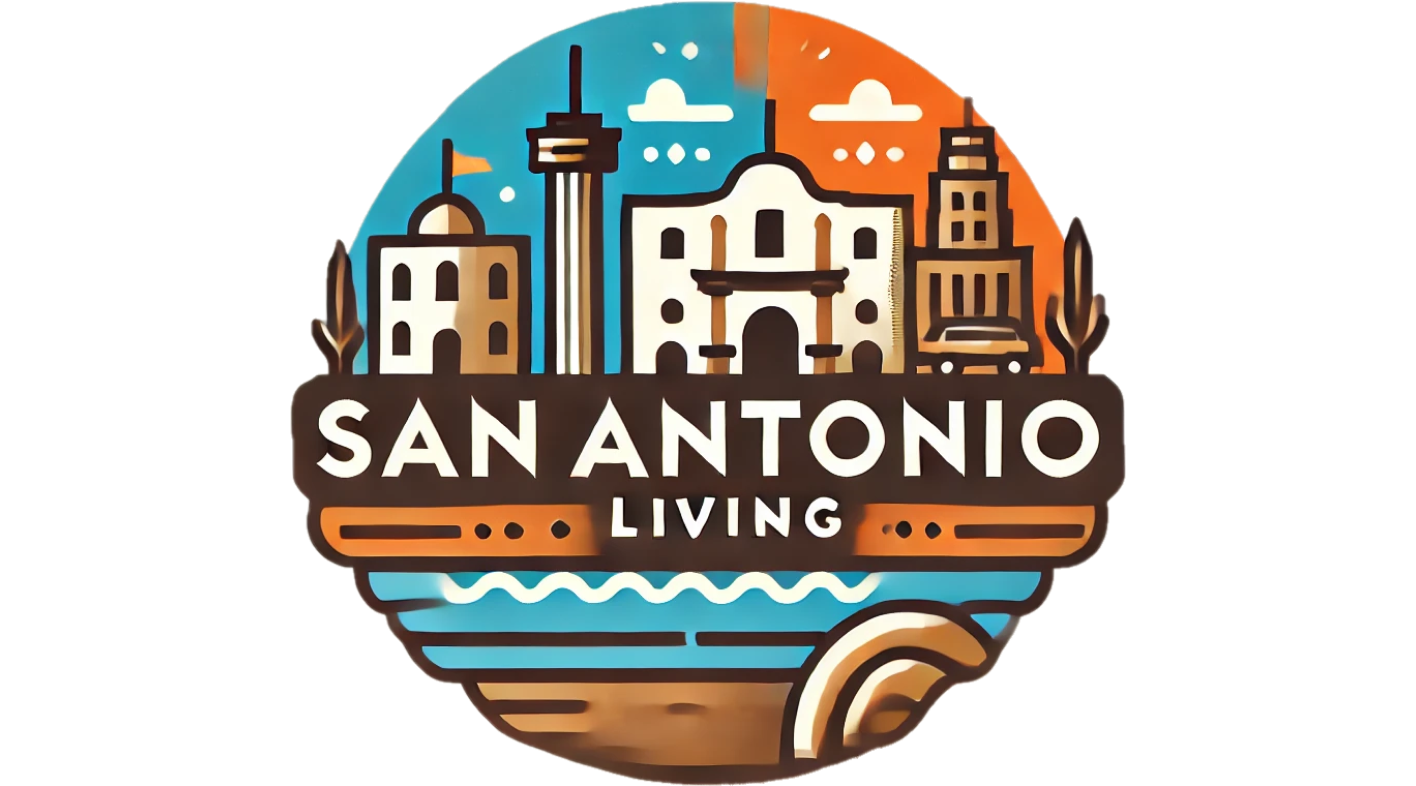
A Flooding Crisis: The Hidden Risks to U.S. Hospitals
As climate change intensifies, a troubling investigation has revealed that at least 170 hospitals in the United States are at high risk of flooding, threatening the safety and healthcare of nearly 30,000 patients. Facilities such as the Peninsula Hospital in Tennessee, precariously positioned near the Tennessee River, could see up to 11 feet of water inundate its premises during severe storms. This alarming scenario is not just a theoretical risk; testimonies from hospital workers and patients highlight the potential for disaster.
Many hospitals are inadequately prepared to deal with the adverse effects of flooding, relying on outdated flood maps from the Federal Emergency Management Agency (FEMA). Caleb Dresser, an emergency room doctor, expressed concern over the lack of reliable flood risk information, stating, “If you don’t have the information to know you’re at risk, then how can you triage that problem?” This investigation sheds light on a systemic issue exacerbated by governmental policies, particularly those from the previous Trump administration, which made cuts that jeopardized critical flood protections.
Understanding the Magnitude of the Problem
The reach of flooding risks extends far beyond coastal areas—rural hospitals and those inland are equally vulnerable. For instance, during Hurricane Helene last year, Unicoi County Hospital in Tennessee was engulfed by floodwaters, leading to dangerous evacuations. An analysis conducted by KFF Health News, using advanced simulation data from Fathom—a leading provider of flood risk modeling—revealed that flooding is a pervasive threat to healthcare facilities nationwide.
FEMA’s maps, often outdated and inadequate, leave healthcare facilities unaware of potential dangers. Roughly one-third of the identified hospitals at risk don’t even fall within designated flood hazard zones, indicating a significant disconnect between actual risks and governmental assessments. The situation poses a dire threat to hospital operations; if evacuation is necessary, nearby facilities may not be equipped to handle the influx of patients.
Lessons from the Past: How Historical Events Shape the Present
The catastrophic flooding witnessed during Hurricane Katrina serves as a poignant reminder of the potentially lethal consequences of hospital flooding. The aftermath of Katrina, which led to the tragic death of 45 individuals within New Orleans' Memorial Medical Center, highlights the critical importance of preparedness. Recent storms have shown that historical data can often underplay the present danger. For example, experts predict that a 100-year flood could now occur more frequently due to climate change.
FEMA and the Role of Government in Mitigating Flood Risks
The federal government plays a pivotal role in creating standards for flood preparedness. Under the Obama administration, the Federal Flood Risk Management Standard mandated that critical structures like hospitals must adhere to modern flood protection requirements to secure funding. However, since the Trump administration rescinded this standard, those protections have weakened, increasing the risk to vulnerable healthcare facilities.
Alice Hill, who previously worked on federal flood risk policy, warned that the lack of enforced standards under the Trump administration could lead to disastrous consequences: “People will die as a result of some of the choices being made today.” The inability to prioritize flood protection for hospitals, many of which are already strained, represents a shocking oversight in public safety.
Innovating for the Future: Building Resilience Against Flooding
As discussions around climate adaptation evolve, many hospitals are beginning to adopt more robust disaster preparedness strategies. Facilities like the Ruth Bader Ginsburg Hospital in New York City, which reopened after catastrophic flooding during Superstorm Sandy, now feature elevated infrastructure and flood-proof designs—choices informed by experience and necessity. Other healthcare facilities are being prompted to rethink their locations and flood histories, with urban hospitals also facing substantial flood threats.
The shift towards better preparedness must include comprehensive evaluations of hospital infrastructure, emphasizing proactive measures such as deploying barriers, creating emergency plans, and elevating critical equipment. Community awareness and industry standards need to adapt to the realities of climate change in order to foster resilient healthcare systems.
Taking Action: What Can You Do?
For individuals, understanding flood risks in your area and advocating for local health facilities to adopt better flood prevention measures can prove crucial. Encourage hospitals to maintain transparency regarding their flood risk assessments and emergency preparedness plans. Join local advocacy groups working towards sustainable and resilient healthcare solutions. As we move into a future where changes in climate might challenge the very foundations of our infrastructure, focusing on health and wellness encompasses not just individual health, but also the collective safety of communities.
Ultimately, the ongoing conversation about flooding risk in hospitals highlights the intersection of climate change, health, and community resilience. Now is the time to elevate the discussion surrounding flood preparedness and advocate for changes that protect not only healthcare facilities but the patients they serve.
 Add Element
Add Element  Add Row
Add Row 



Write A Comment